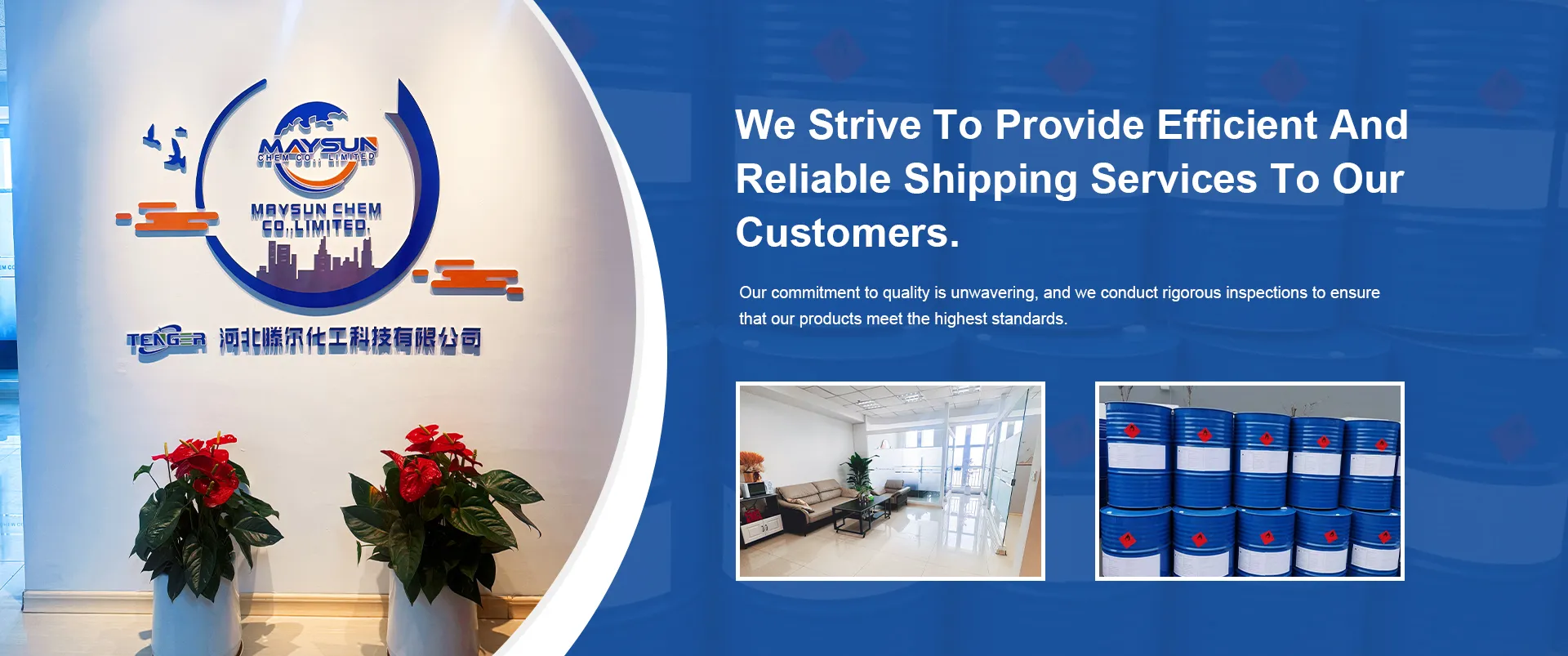
Benefits and Uses of Citric Acid as a Natural Acidulant in Food Products
The Role of Citric Acid as an Acidulant
Citric acid is a naturally occurring organic acid that plays a fundamental role in various industries, particularly in food and beverage production. Identified by its slight tart flavor and ability to enhance the overall taste of products, citric acid serves not only as a preservative but also as an acidulant – a substance used to provide acidity to food items. This article will delve into the significance of citric acid as an acidulant, its applications, and its impact on both product quality and consumer health.
Understanding Acidulants
Acidulants are compounds that lower the pH of food products, contributing to their flavor, stability, and preservation. They help inhibit the growth of harmful bacteria and molds, enhance the tartness, and improve the texture of various goods. Citric acid, with the chemical formula C6H8O7, is one of the most widely used acidulants due to its effectiveness and safety profile.
Sources and Production
Citric acid is primarily derived from citrus fruits, such as lemons, limes, and oranges. However, most commercial citric acid is produced through fermentation processes utilizing the fermentative capabilities of certain strains of mold, particularly Aspergillus niger. This method enables large-scale production and ensures a consistent supply, making it affordable and widely accessible for various applications.
Applications in Food and Beverages
acidulant citric acid

In the food industry, citric acid is used in a myriad of applications. It can be found in soft drinks, candies, dairy products, and processed foods, where it acts not only as a flavor enhancer but also as a preservative. Its property to chelate metals effectively helps in preventing discoloration and oxidative reactions that can detract from food quality. For instance, in soft drinks, citric acid provides a crisp, refreshing taste while stabilizing ingredients and extending shelf life.
Moreover, citric acid is utilized in the preparation of jams and jellies, enhancing sweetness while providing a tart flavor profile. It is also crucial in the dairy sector, where it plays a role in curdling milk for cheese production. In these instances, citric acid functions as a coagulant, promoting the formation of curds and enhancing the texture of the final product.
Health Benefits and Considerations
Citric acid is generally recognized as safe (GRAS) by the Food and Drug Administration (FDA). It poses minimal health risks when consumed in moderation as part of a balanced diet. Its antioxidant properties may also contribute to various health benefits, aiding in digestion and metabolic processes. Additionally, it is widely used as a natural preservative in organic and health-centric products, allowing consumers to enjoy flavorful foods without synthetic additives.
However, excessive consumption of citric acid may lead to dental erosion due to its acidic nature. Thus, consumers are advised to practice moderation, particularly when consuming highly acidic beverages and snacks. Proper oral hygiene and regular dental check-ups can mitigate potential issues associated with high citric acid intake.
Conclusion
Citric acid remains a vital acidulant in the food and beverage industry due to its functional properties and sensory enhancements. Its ability to improve the taste, preservation, and overall quality of products makes it indispensable. As consumer preferences shift towards healthier and more natural options, the role of citric acid is likely to expand. With its unique characteristics and safety, citric acid continues to be a crucial ingredient that not only elevates products but also contributes to food safety and quality.
-
Why Glacial Acetic Acid Food Grade Is Essential in FlavorNewsMay.26,2025
-
Surging Export Growth of Food Additives in ChinaNewsMay.26,2025
-
How Ammonium Nitrate Fertilizer Boosts Crop YieldsNewsMay.26,2025
-
How 1,2,3-Benzotriazole Shields Plastics from UV DegradationNewsMay.26,2025
-
Cyanide in Gold Mining: Protecting People and the PlanetNewsMay.26,2025
-
Aluminum Hydroxide in Modern Sunscreen FormulationsNewsMay.26,2025
-
Understanding Synthetic Rubber OptionsNewsApr.27,2025
Hebei Tenger Chemical Technology Co., Ltd. focuses on the chemical industry and is committed to the export service of chemical raw materials.
-

view more DiethanolisopropanolamineIn the ever-growing field of chemical solutions, diethanolisopropanolamine (DEIPA) stands out as a versatile and important compound. Due to its unique chemical structure and properties, DEIPA is of interest to various industries including construction, personal care, and agriculture. -

view more TriisopropanolamineTriisopropanolamine (TIPA) alkanol amine substance, is a kind of alcohol amine compound with amino and alcohol hydroxyl, and because of its molecules contains both amino and hydroxyl. -

view more Tetramethyl Thiuram DisulfideTetramethyl thiuram disulfide, also known as TMTD, is a white to light-yellow powder with a distinct sulfur-like odor. It is soluble in organic solvents such as benzene, acetone, and ethyl acetate, making it highly versatile for use in different formulations. TMTD is known for its excellent vulcanization acceleration properties, which makes it a key ingredient in the production of rubber products. Additionally, it acts as an effective fungicide and bactericide, making it valuable in agricultural applications. Its high purity and stability ensure consistent performance, making it a preferred choice for manufacturers across various industries.











